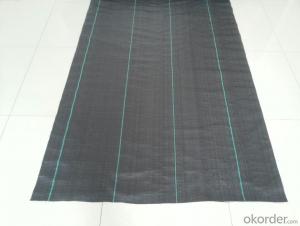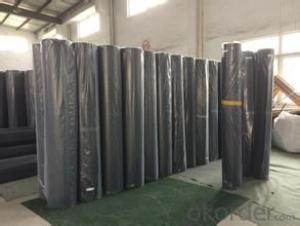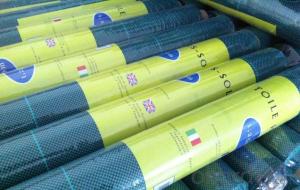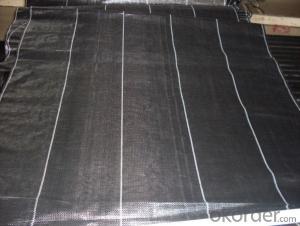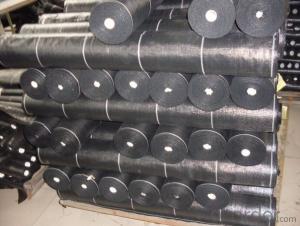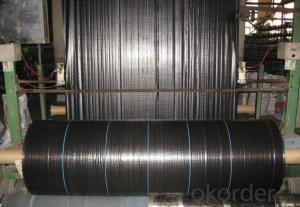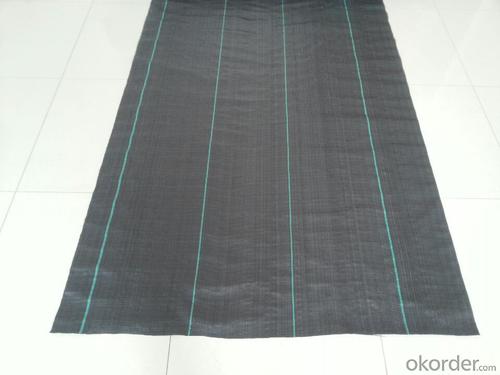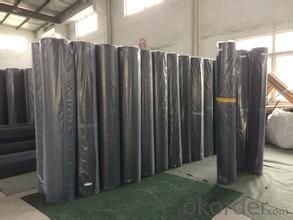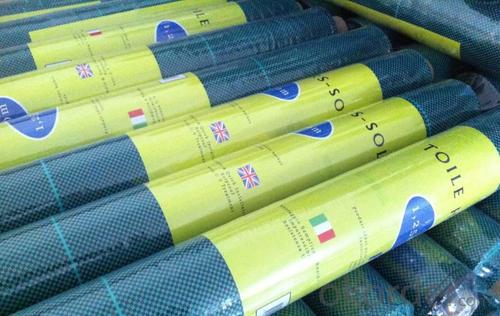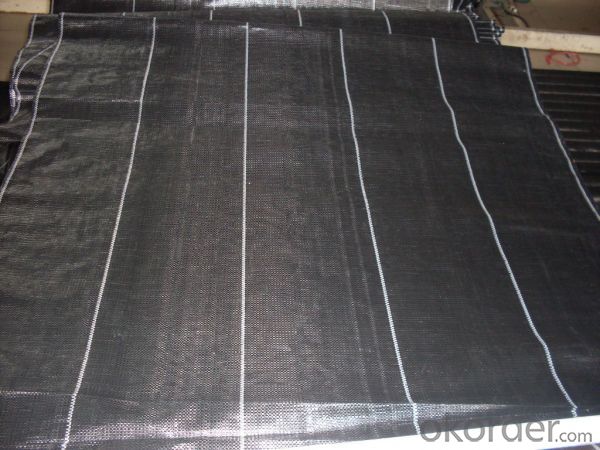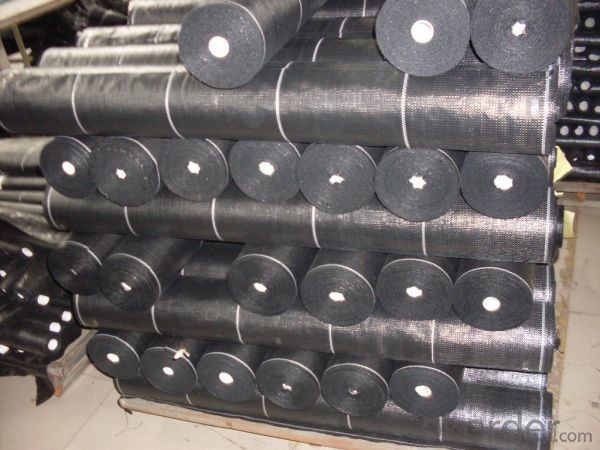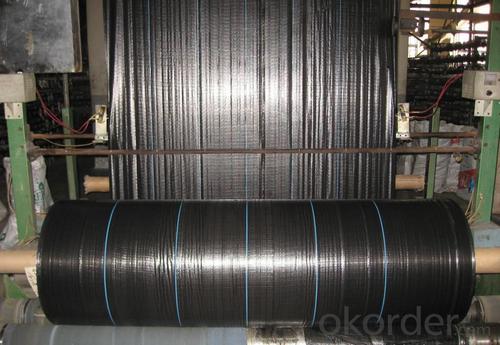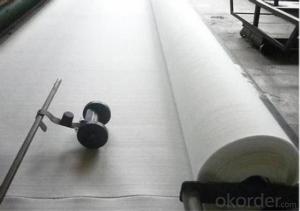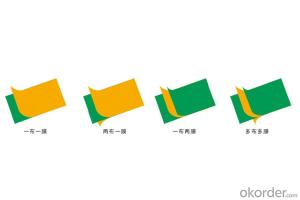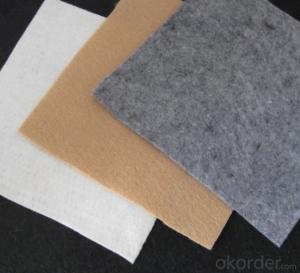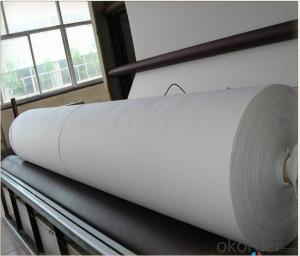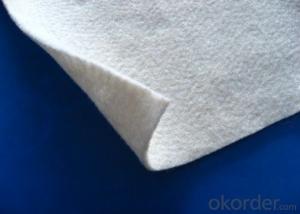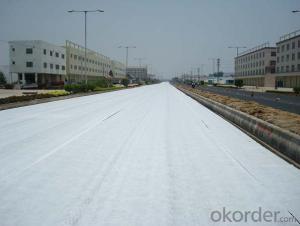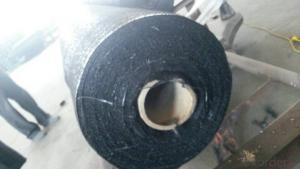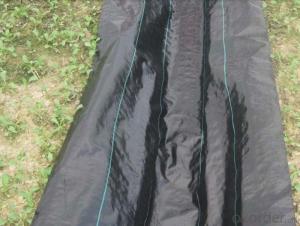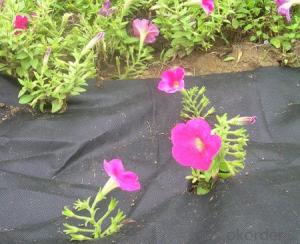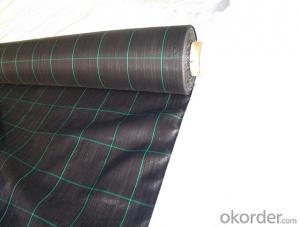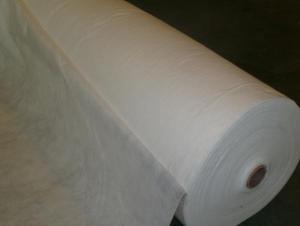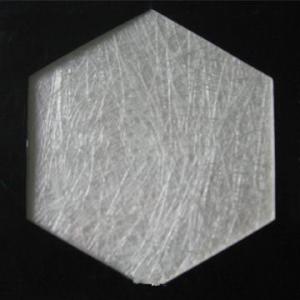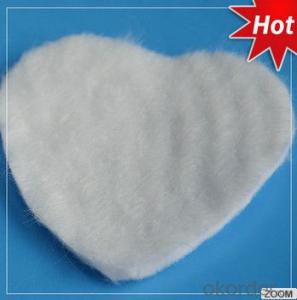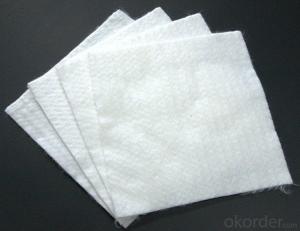Ntpep Geotextile Coir Weed Mats for Nursery (Mulch Mats)
- Loading Port:
- Qingdao
- Payment Terms:
- TT OR LC
- Min Order Qty:
- 500 m²
- Supply Capability:
- 500000 m²/month
OKorder Service Pledge
OKorder Financial Service
You Might Also Like
Product Description
The weed control mat is made of environmentally friendly raw materials, pp woven fabric. It used to prevent the growth of weed, without the use of potentially dangerous chemical sprays or labor intensive hoeing. Once installed, weed mat will continue providing protection for years without maintenance.
They are permeable fabrics, which allow air, water and nutrients to pass through, and designed to block out the sun to reduce photosynthesis and stop weed growth.
Specification
ROPERTY | ASTM TEST METHOD | Minimum Average | Minimum Average |
Mass per unit Area | ASTM D-5261 | 3.0 oz/yd2 | 100 g/m2 |
Grab Tensile | ASTM D-4632 | 145 lbs | 660 N |
Grab Elongation | ASTM D-4632 | 15% | 15% |
Trapezoid Tear | ASTM D-4533 | 55 lbs | 245 N |
Water Flow Rate | ASTM D-4491 | 5 gal/min/ft2 | 203 L/min/m2 |
UV Resistance | ASTM D-4355 | 70% @ 500 hrs | 70% @ 500 hrs |
ROLL DIMENSIONS | |||
Roll Width | 0.9m (3’) | 1.8m (6') | 2.7m (9') |
Roll Length | 91.4m (300’) | ||
Roll Weight | 8kgs (17lbs) | 16kgs (34lbs) | 24kgs (52bs) |
1. Material: PP, virgin material or recycled material.
2. Weight: 63gsm-200gsm
3. Width: 30cm-500cm
4. Length: As per ur request.
5. Color: Black with green/white grid,or any color is
available.
6. Tearing strength: From 0.5 to 2.2kN
7. Mesh: 8*8,9*9,10*10, 11*11,12*12,13*13,14*14
8. UV stabilized: Up to your request.
9. Packing: In rolls (25m,50m,100m,200m,500m,
1000m,2000m) or pieces.
10. Quantity:12ton/20', 25ton/40'
11. Delivery time: 25-35 days.
12. Payment Term: L/C, T/T(30% of total amount deposit
and 70%).
13. MOQ:1x20'
Advantage:
1.Strong and Durable, anti-corruption,Inhibition of insect pest.
2. Air-ventilation , UV-protection and anti-weather.
3. Does not affect the growth of the crops,Weed-control and keep soil moist, ventilation.
4. Long serving time, which can give 5-8 year guarantee time.
5. Suitable for cultivating all kinds of plant.
Features
1. Weed suppressant and drainage control landscaping fabric
2. Easy to use, Environmentally friendly
3. Allows water, air and nutrients through, suppressing weeds without the use of chemicals
4. Reduces the level of watering required due to the slower rate of water evaporation
Application
1. Excellent Weed Control
2. Moisture, fertilizers, air reach plants to allow for healthy soil
3. Good water and air permeability
4. Exceptional toughness and strength
5. Durable, tear-resistant; won't rot or mildew
6. Lightweight, easy to install, follows natural ground contours
7. Ideal for use in landscaped beds, under decks and walkways.
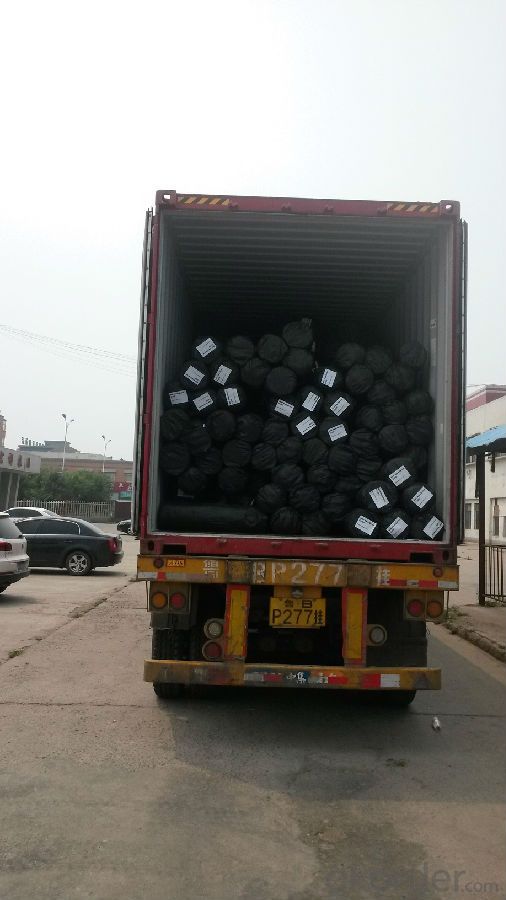
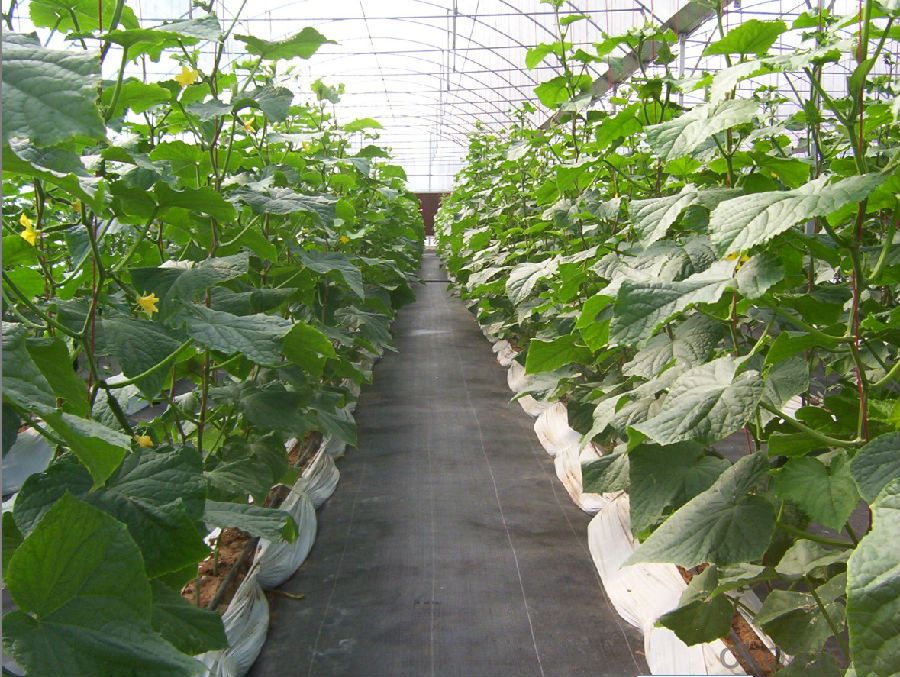
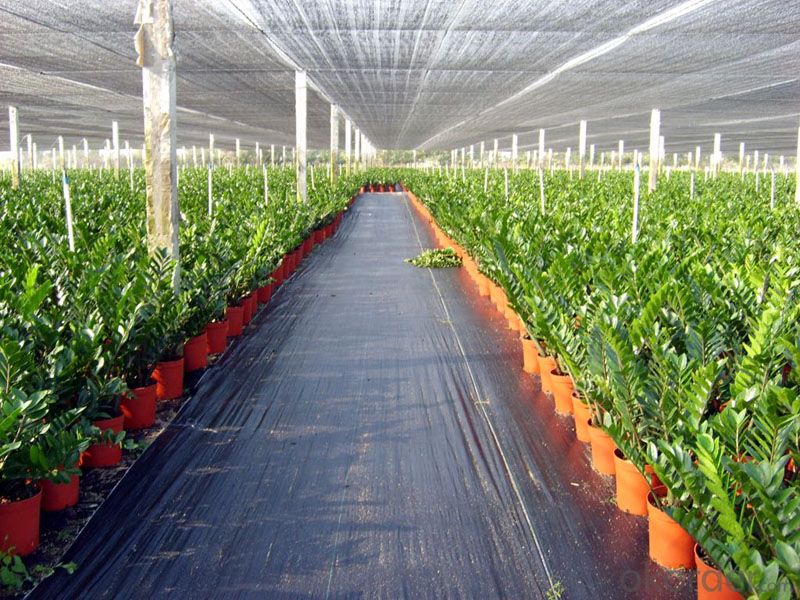
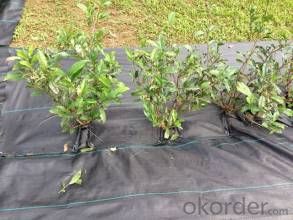
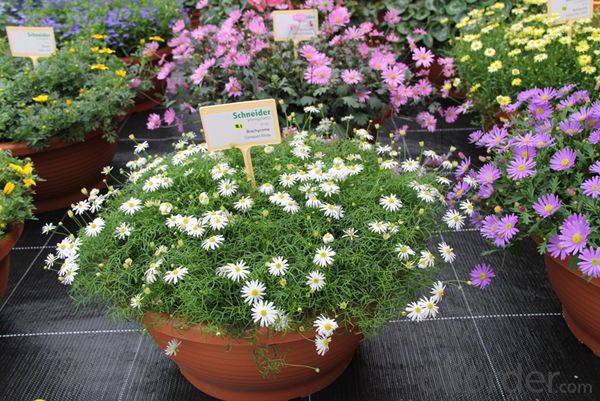
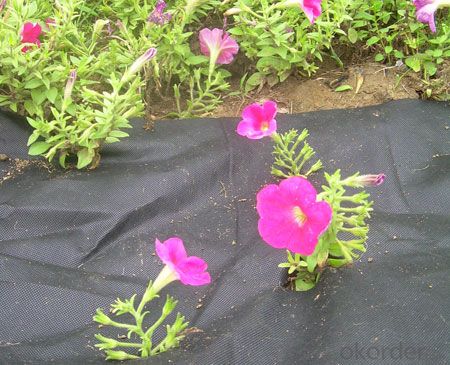
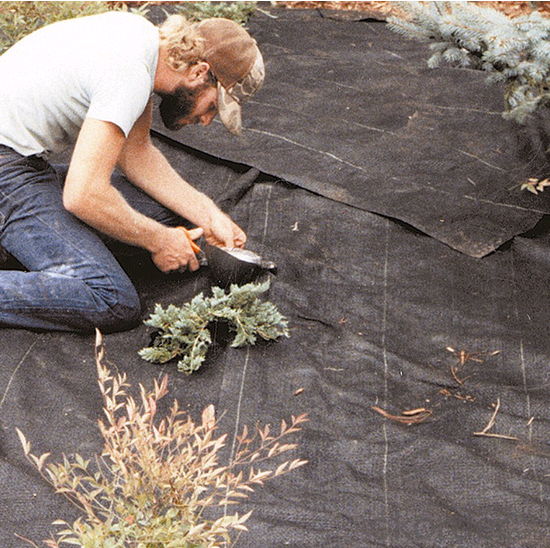
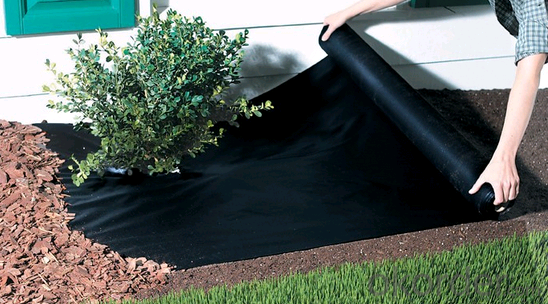
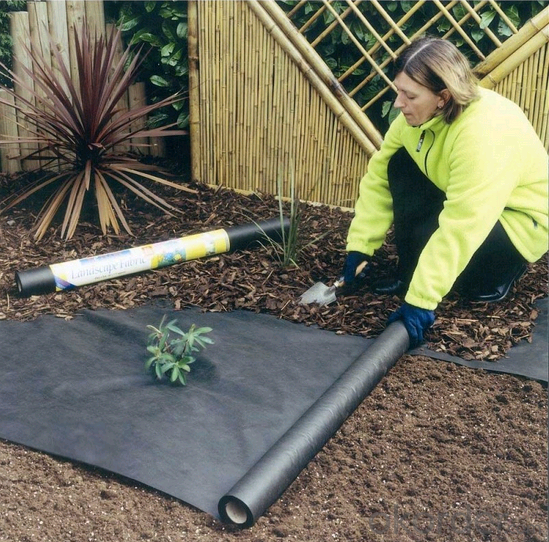
FAQ
1, Samples Policy
Samples are free, but the freight is on customers' charge
Samples will usually be sent out in one day.
2, Prices
As for the prices, we need you to provide us weight, color, width and usage so that
we can quote you best.
3, How to place an order?
Inquiry
Reply
Sample
Contract
Receiving deposit& production
Testing& Packing
Delivery
Receiving
- Q: What are the different geotextile filtration testing methods?
- There are several geotextile filtration testing methods used to evaluate the performance of geotextiles. Some of the commonly used methods include the gradient ratio test, the sieve analysis test, the permittivity test, the flow rate test, and the turbidity test. These tests assess the geotextile's ability to filter water, retain soil particles, and prevent clogging.
- Q: This is a large sample of gravel anti-filter how this project count
- Visual inspection of the slope of the distance from the clay layer is equal to the thickness of the gravel layer, that is 200mm, so even if it came out scattered Simple function. Also, I used a simple method is to draw in CAD, fill, measure the area, area by length, the volume came out
- Q: Principle and Advantages of Permeable Geotextile
- The advantages of permeable geotextile: 1: isolation, the use of polyester staple acupuncture geotextile with different physical properties (particle size, distribution, consistency and density, etc.) of building materials (such as soil and sand, soil and concrete Etc.) to isolate. So that two or more materials are not lost, not mixed, to maintain the overall structure and function of the material, so that the building capacity to enhance the capacity. 2: filter, when the water from the fine soil into the coarse soil layer, the use of polyester staple acupuncture geotextile good permeability and water permeability, so that water through, and effectively carrying soil particles, sand, small Stone, etc., in order to maintain the stability of soil and water engineering. 3: drainage, polyester staple acupuncture geotextile has a good water conductivity, it can form a drainage channel within the soil, the soil structure of the excess liquid and gas efflux. 4: reinforced, the use of polyester staple acupuncture geotextile to enhance the soil tensile strength and resistance to deformation, enhance the stability of the building structure to improve the quality of soil. 5: protection, water erosion of the soil, the effective concentration of concentrated diffusion, transmission or decomposition, to prevent soil damage by external forces, the protection of the soil. 6: high tensile strength, good permeability, breathable properties, high temperature, anti-freeze, anti-aging, corrosion-resistant, not moth-eaten.
- Q: White geotextile surface from the particles?
- Hello, did not understand your problem, the general geotextile will not play a grain of ah
- Q: Can geotextiles be used in coastal protection projects?
- Yes, geotextiles can be used in coastal protection projects. Geotextiles are commonly used as erosion control measures in coastal areas. They can help stabilize soil, prevent erosion, and enhance the overall resilience of coastal structures. Additionally, geotextiles can provide a protective barrier against wave action and filter out sediment, making them an effective solution for coastal protection projects.
- Q: How do geotextiles affect soil moisture retention?
- Geotextiles can significantly impact soil moisture retention by acting as a barrier between the soil and the external environment. They help in reducing excessive evaporation from the soil surface, thus minimizing water loss. Additionally, geotextiles prevent the erosion of soil particles, maintaining soil structure and facilitating better water infiltration. This ultimately improves soil moisture retention by creating a more favorable and stable environment for plants to grow.
- Q: Can geotextiles be used in agricultural applications?
- Yes, geotextiles can be used in agricultural applications. They are commonly employed to control erosion, improve soil stabilization, and aid in drainage systems in agricultural fields. Geotextiles can help retain soil moisture, prevent weed growth, and protect crops from wind and water damage.
- Q: What is geotextile? Its use
- Geotextile, also known as geotextile, it is made of synthetic fiber through acupuncture or weaving through the permeability of geosynthetics materials, geotextile, geotextile, geotextile, geotextile, The Finished cloth for the cloth, the general width of 4-6 meters, the length of 50-100 meters. Geotextile is divided into a woven geotextile and non-woven geotextile. Geotextile has excellent filtration, drainage, isolation, reinforcement, anti-seepage, protection, with light weight, high tensile strength, good permeability, high temperature, anti-freeze, anti-aging, corrosion resistance.
- Q: Waterproof geotextile how much money per square meter
- This depends on the specifications and quality, the detailed explanation can see my user name
- Q: Geotextile drainage network and geotextile how to heat stick
- Geotextile and geotextile crimp part of the use of sewing or hot air welding. Hot air welding is the connection method of filament geotextile, that is, with the hot air gun on the connection of two pieces of cloth instantaneous high temperature heating, so that part of the molten state, and immediately use a certain external force to make it firmly together. In the case of wet (rain and snow) weather can not be hot adhesive connection, geotextile should take another method of a suture connection method, that is, with a dedicated sewing machine for two-wire suture connection, and the use of anti-chemical UV suture.
Send your message to us
Ntpep Geotextile Coir Weed Mats for Nursery (Mulch Mats)
- Loading Port:
- Qingdao
- Payment Terms:
- TT OR LC
- Min Order Qty:
- 500 m²
- Supply Capability:
- 500000 m²/month
OKorder Service Pledge
OKorder Financial Service
Similar products
Hot products
Hot Searches
Related keywords
